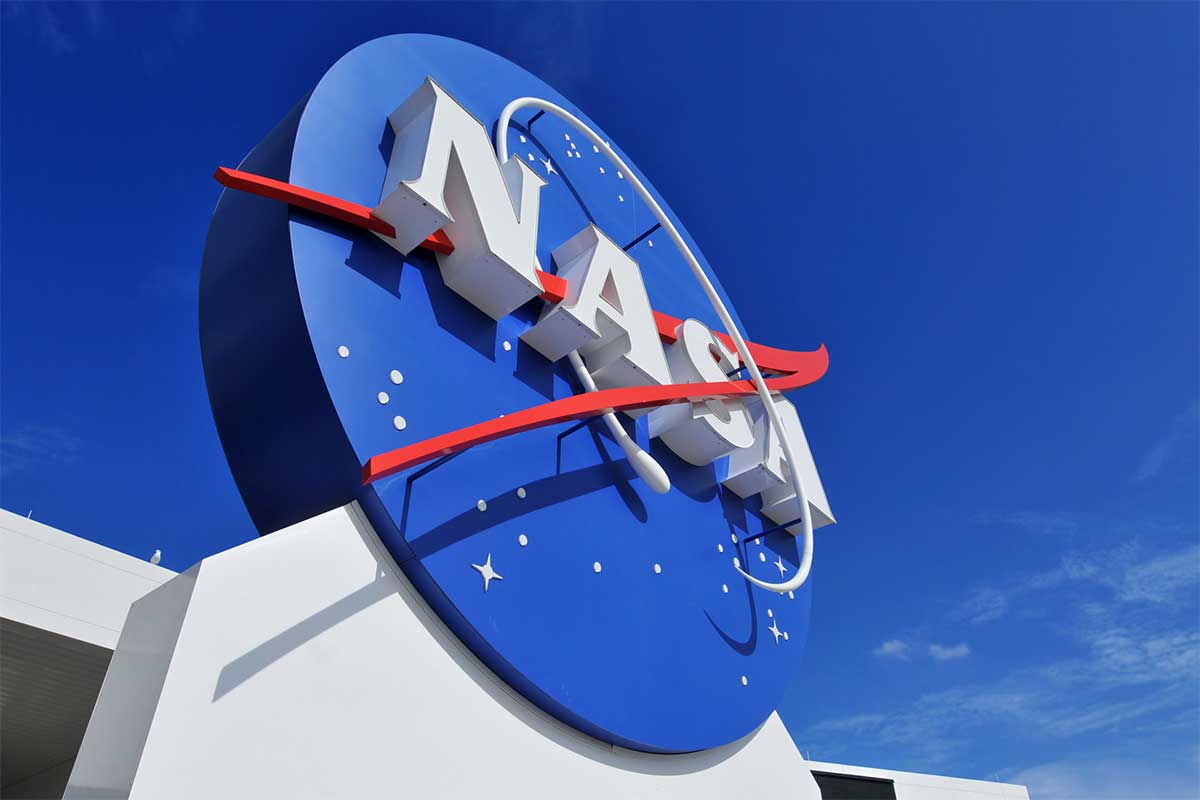NASA mission touches down on Moon aboard Firefly Aerospace lander
The data captured could also benefit humans on Earth by providing insights into how space weather and other cosmic forces impact Earth.
The mobile robot is called Volatiles Investigating Polar Exploration Rover, or VIPER

(Photo: iStock)
The US space agency NASA on Friday announced that it is planning to send a golf-cart-size robot to the moon’s mysterious south pole to get a closer view on the water ice in the region and sample it for the first time.
The mobile robot is called, Volatiles Investigating Polar Exploration Rover, or VIPER, which is scheduled to land December 2022. It will collect data for a period of 100 days, during which it will map the area’s water ice for the first time—a piece of information for astronauts making an extended visit to the moon.
Advertisement
It will also drill 1-meter (3-foot) to collect data on different kinds of soil environments affected by light and temperature, including those in complete darkness, occasional light and in direct sunlight.
Advertisement
If successful, the robot will be the first to even land on the south pole of the earth’s natural satellite, without crashing.
The planned launch comes as the United States is going to send the first woman and next man to the moon in 2024 and to achieve a long-term sustainable presence on the moon.
Water is a resource of direct value for humans that could provide oxygen to breathe and hydrogen and oxygen to fuel future landers and rockets.
“Since the confirmation of lunar water-ice ten years ago, the question now is if the Moon could really contain the amount of resources we need to live off-world,” said Daniel Andrews, the project manager of the VIPER mission. “This rover will help us answer the many questions we have about where the water is, and how much there is for us to use.”
Anthony Colaprete, VIPER’s project scientist said: “VIPER will tell us which locations have the highest concentrations and how deep below the surface to go to get access to water.”
(With input from agencies)
Advertisement